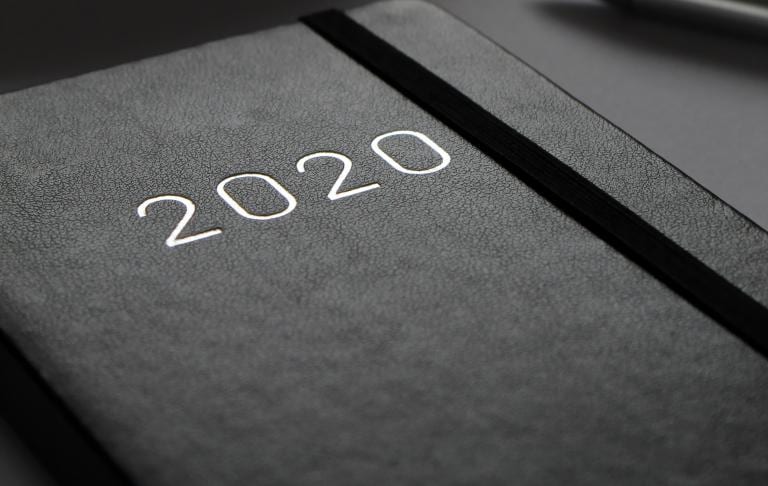I have to admit, I had big plans for 2020. We have been struggling with infertility for the better part of three years. Last Fall, we started going to a clinic and our hopes began to soar. As the calendar turned to January, I was imagining a 2020 baby in our future, as well as all the exciting things (the Olympics, trips we had planned, etc.) that would happen leading up to the baby. I was poised for the best year ever.

One of the repercussions of the Coronavirus pandemic is that it has a lot of people trying to figure out how far in advance they can make plans. A friend recently told us that during March, it felt like four days was the max. Everything was changing so fast; any plans more than four days out was assuming too much.
As people guided by vision, by looking forward and trying to figure out how to propel ourselves to the point we want to be at, the question of the length of our vision is an apt one.
A Long and Short Cast
When I was a youth pastor, we did a “sex talk” every year, once a year, usually in the Spring for some reasons, where we would split the youth group up by gender and try to facilitate an honest conversation about sex.
The question we got most often was, “How far is too far?”
When it comes to vision, the further away we look, the more blurry and uncertain the vision usually is. For example, I have no idea what the world is going to be like when our (yet to be conceived) kids are applying for colleges. To make too many, too specific plans about where they would go and what they would study is foolish on many fronts.
When we cast vision, there is necessarily a long cast and a short one. We dream as far out as makes sense while having to simultaneously comprehend what matters today.
Transcendence Magic
The magic of a transcendent vision is that it can tie the short cast and the long cast together. Said another way, it blurs the line between future and present.
This is only done by participation, the idea that a vision is something we can both chase and experience. Too often, we conceive of vision as a “new” place we will create after years and years of paying our dues. This is a vision too far.
The difference a Transcendent There offers is that we can participate in it now and continue to chase it into the future.
Let’s look at an example of what I am talking about. If I have a vision of being a millionaire, I am looking pretty far down the road. Unless I win the lottery or something, it is going to take a while. There are a lot of obstacles to my vision, just in its conception. For one, a million dollars will be worth more or less in my imagined future than it is now.

But the major shortcoming of this vision is that it is too far away. It is a dream world, a fantasy. And if/when I one day achieve this dream, two problems will come with me: one, I have not given adequate attention to my character, the way I live along the way. I’ve assumed the money will lead to happiness, so I have allowed myself to be unhappy. I’m in for a surprise when the money does not solve the patterns I have long developed. Second, when I get to be a millionaire, what next? What do I do with it? Why does it matter? And, perhaps most importantly, what do I chase next? Two million? Ten? This is the cycle people get into. A vision too far.
On the other hand, a transcendent vision like “stewarding an abundance of money wisely” is something that implies more money in the future but does not leave me sitting on my hands until the milestone is achieved. I can participate now.
We need a vision that won’t get derailed when dramatic circumstances cause us to pause. A vision that won’t end once it is fulfilled. Ironically, we need visions that are both shorter and longer than we currently consider them. We need to understand the concept of transcendence in our vision casting and set goals to serve these visions that are, at the same time, far away and close to home.












